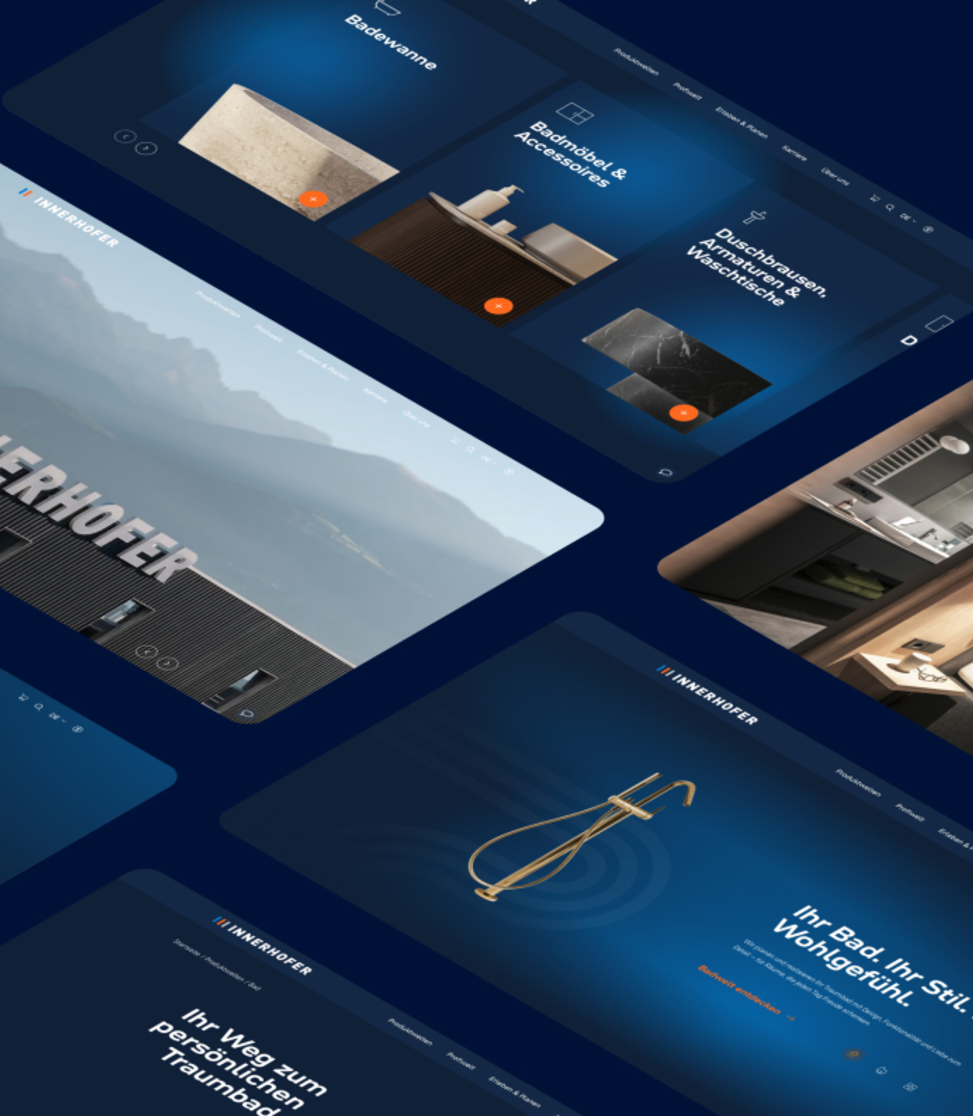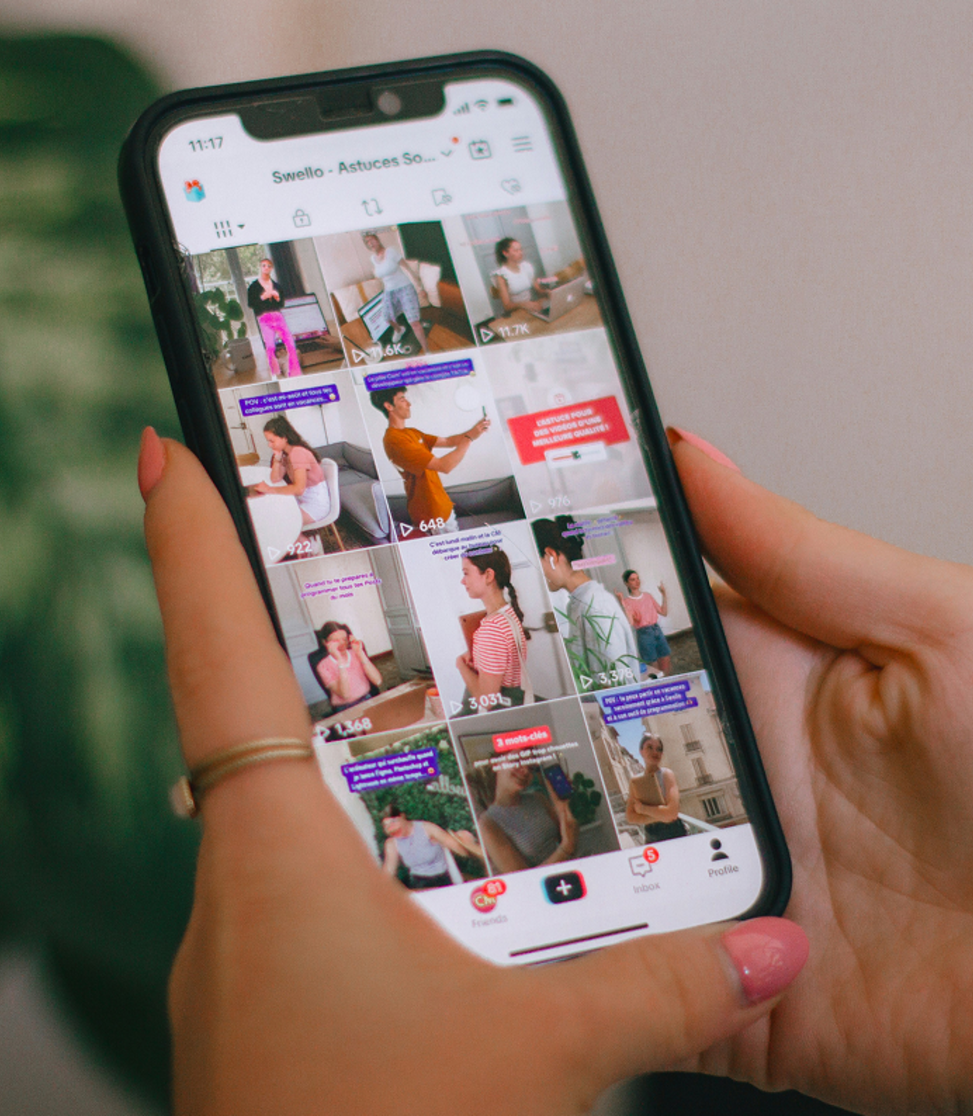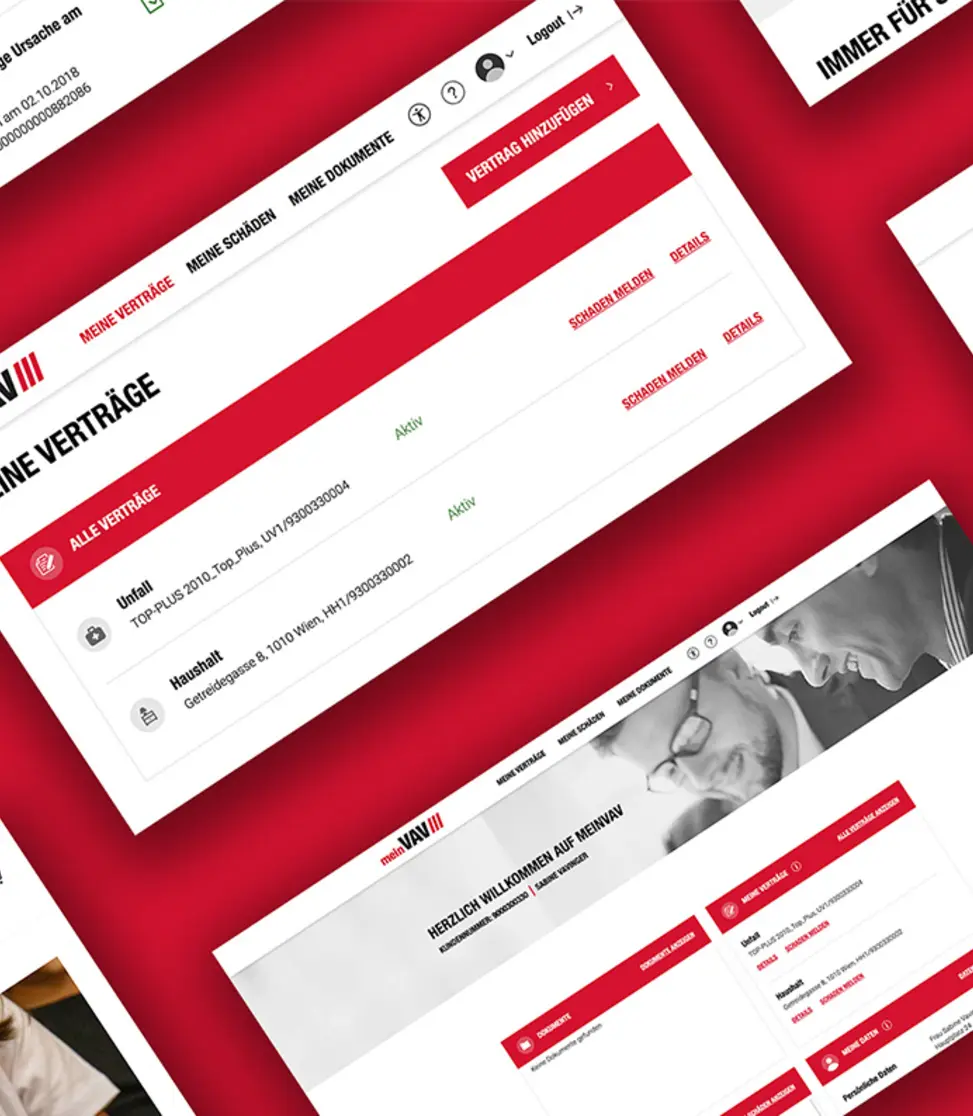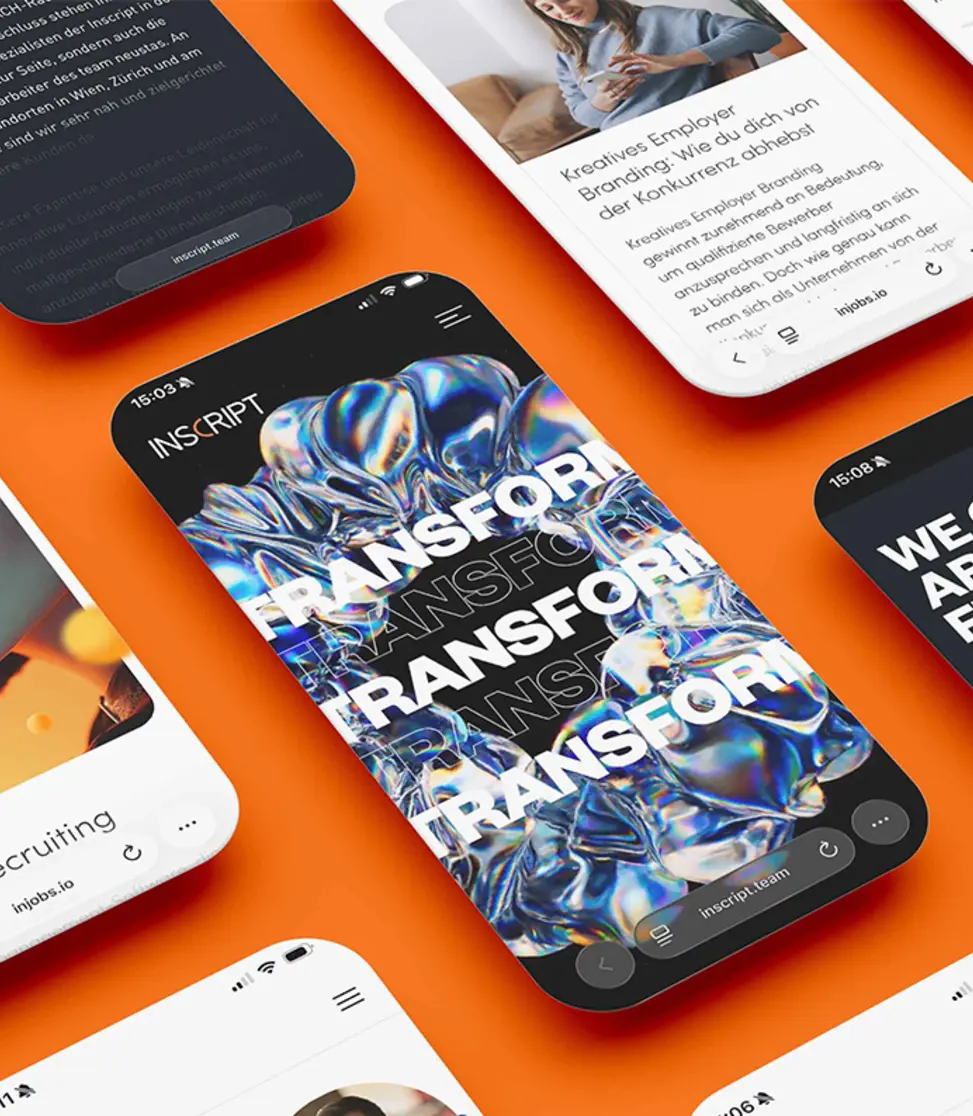


Digital Fatigue
Smartphone scrolling, app notifications, push messages, daily video calls: the digital world is taking up more and more space in people's everyday lives - and this is becoming an increasing challenge. More and more users are showing clear signs of "digital fatigue". The constant sensory overload, coupled with the pressure to always be available and informed, is leading to conscious retreats. Many are reducing their online time, deleting apps or deactivating notifications. Consumer behaviour is changing - and this has a direct impact on brand communication, UX and content strategies.
The days when quantity won out over quality are over. What counts today is relevance, clarity and real added value. Users no longer want to be overwhelmed by random content - they want targeted, well-dosed stimuli. Digital fatigue clearly shows that less is more. And if you want to attract the attention of your target group, you need to provide them with emotional relief as well as technical support.
What does this mean for UX, content and attention economy?
Digital fatigue is forcing companies and agencies to rethink. In UX development, this means focussing on the essentials. Interfaces should not only be functional, but also emotionally relieving - with white spaces, intuitive navigation and well thought-out microinteractions. Content strategies also need an update: less content, but with greater relevance; clear statements instead of clickbait and quality over frequency.
In the attention economy, it is no longer the loudest who win, but those who understand how valuable their target group's time and energy really are. Companies that take digital exhaustion into account create long-term trust - and therefore remain visible.
Frequently Asked Questions
FAQ
Digital fatigue describes the mental and emotional exhaustion caused by excessive digital stimuli - such as constant screen use, notifications and information overload. Users are increasingly reacting to this by withdrawing and consciously reducing their digital behaviour.
Falling interaction rates, shorter dwell times, increased unsubscribing from newsletters or ignoring push messages can be the first signs of digital fatigue.
Less is more: you should communicate content clearly, purposefully and with real added value. A reduced frequency, personalised content and empathetic handling of the target group's attention help here.
A user-friendly, calm and clear UX acts like a digital breather. Intuitive navigation, subtle designs and clear structures help users to find their way around more quickly - without overwhelming them.
No - it's not about doing without, but about a conscious, mindful approach. Digital communication remains essential, but should be user-centred, measured and respectful.











